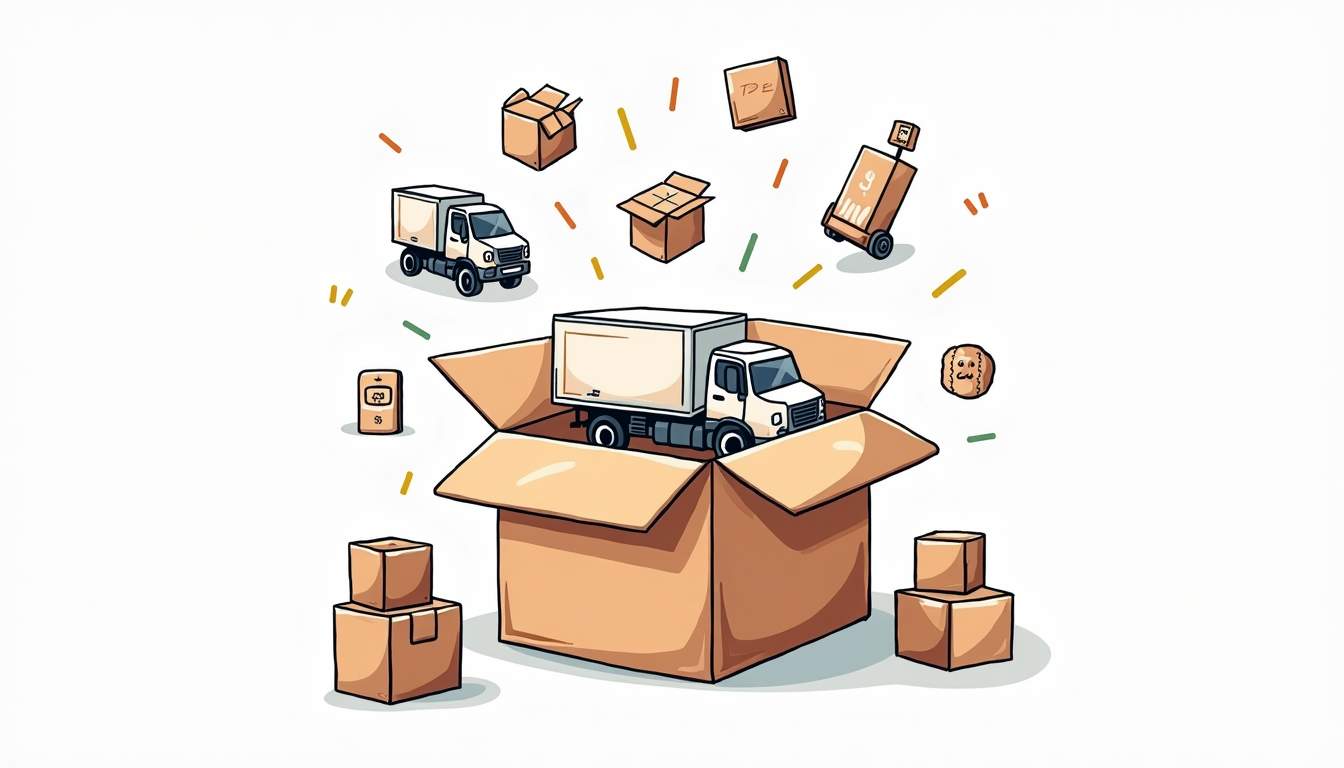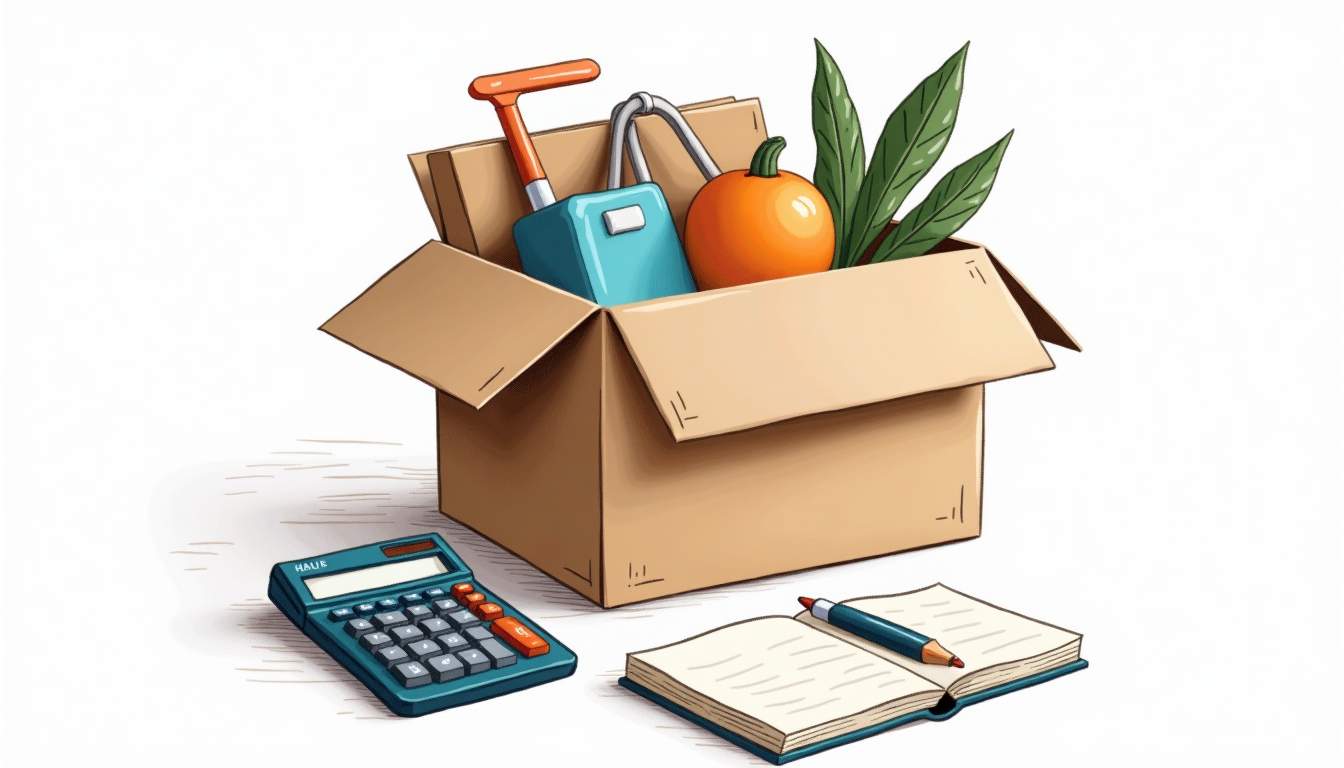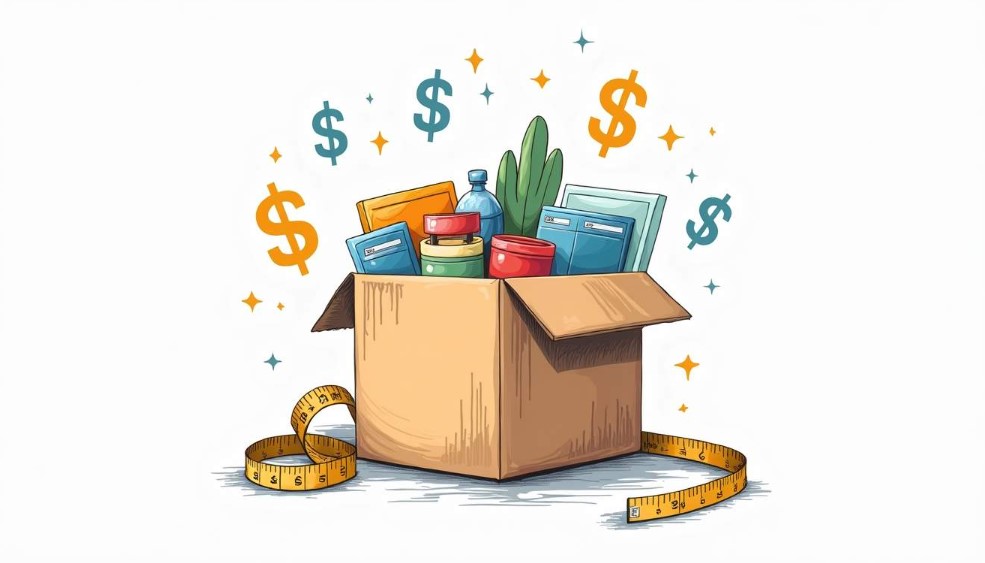Moving to a new home is an exciting chapter, but it can also be a costly and stressful experience. Whether you’re relocating across town or across the country, the expenses can quickly add up, making it tempting to cut corners in ways that might compromise the quality of your move. Fortunately, it’s entirely possible to save money without sacrificing the quality and smoothness of your relocation. This guide will walk you through practical strategies to help you move on a budget while still ensuring your belongings arrive safely and your transition is as seamless as possible.
Plan Ahead: The Foundation of a Budget-Friendly Move
One of the most effective ways to save money during a move is to plan well in advance. Last-minute moving decisions often lead to higher costs, rushed packing, and unnecessary stress. By giving yourself plenty of time, you can explore cost-saving options and avoid expensive pitfalls.
Create a Moving Timeline
Start by setting a timeline that breaks down the moving process into manageable steps. For example, begin by decluttering and organizing your belongings several weeks before the move. This not only reduces the volume of items you need to transport but also helps you identify what packing supplies you’ll need.
Booking moving services early can also secure better rates, as many companies offer discounts for advance reservations. Additionally, weekdays and mid-month moves tend to be less expensive than weekends or month-end dates, so flexibility in your moving date can translate into significant savings. Consider using a moving checklist to keep track of tasks, such as notifying your utility providers, changing your address, and scheduling any necessary repairs at your new home. This organized approach will help ensure that nothing slips through the cracks as the moving day approaches.
Budget Realistically
Outline all potential expenses, including packing materials, moving company fees, fuel costs, insurance, and any deposits or utility setup fees at your new home. Having a clear budget helps you prioritize spending and identify areas where you can cut back without compromising quality.
Don’t forget to account for unexpected costs that may arise during the moving process. For instance, if you’re moving to a different state, you might need to budget for travel expenses, meals, or even temporary lodging if your new home isn’t ready upon arrival. Additionally, consider the potential costs of replacing items that may be damaged during the move. Investing in quality packing materials, like sturdy boxes and bubble wrap, can help mitigate these risks and ultimately save you money in the long run. By preparing for these contingencies, you’ll be better equipped to handle any surprises that come your way, ensuring a smoother transition to your new home.
Smart Packing: Protect Your Belongings Without Overspending
Packing is often one of the most time-consuming and costly parts of moving. However, smart packing strategies can protect your belongings effectively while keeping costs down.

Use What You Have
Before buying new boxes and packing materials, look around your home for items that can be repurposed. Sturdy suitcases, laundry baskets, and even clean trash bins can serve as containers for your belongings. Towels, blankets, and clothing can be used to cushion fragile items, reducing the need for bubble wrap or packing peanuts.
Many grocery stores, bookstores, and liquor shops often have free boxes available if you ask. Just make sure to choose boxes that are in good condition and appropriate for the items you’re packing. Additionally, consider using old newspapers or magazines to wrap delicate items, as they can provide an extra layer of protection without any added cost. This not only saves money but also helps recycle materials that would otherwise go to waste.
Invest Wisely in Packing Supplies
While it’s tempting to skimp on packing materials, investing in quality tape, sturdy boxes, and protective padding where necessary can save you money in the long run by preventing damage. Look for bulk deals or discount stores to purchase supplies at a lower cost. It’s also worth considering reusable packing materials, such as foam corner protectors or padded bags, which can be used for multiple moves and reduce waste.
Label your boxes clearly to make unpacking easier and to help movers handle fragile or valuable items with care. This small step can reduce the risk of damage and lost items, preserving the quality of your move. Furthermore, color-coding your labels by room or priority can streamline the unpacking process even more, allowing you to quickly identify where each box belongs. This organized approach not only saves time but also minimizes the stress associated with moving into a new space. For a smoother moving experience, you can visit Cheap Movers Singapore, a trusted company offering professional house mover service at a cheap rate.
Choosing the Right Moving Option
Deciding how to move your belongings is a critical factor in balancing cost and quality. There are several options available, each with its own advantages and trade-offs.

Full-Service Movers
Hiring professional movers to handle everything from packing to transportation offers convenience and peace of mind. However, this option tends to be the most expensive. To save money, consider obtaining multiple quotes and negotiating for the best price. Some companies offer discounts for flexible moving dates or if you handle part of the packing yourself.
DIY Moving
Renting a moving truck and managing the move yourself can significantly reduce costs. This approach requires more effort and planning but gives you full control over the process. To maintain quality, enlist friends or family to help with loading and unloading, and ensure you have the right equipment such as dollies and straps to protect your belongings.
Hybrid Approach
A middle ground is to hire movers for the heavy lifting and transportation while you handle the packing. This can cut costs while still ensuring professional handling of your items during the most critical stages. Be sure to communicate clearly with the moving company about what services you expect to avoid unexpected fees.
Save on Transportation Costs
Transportation is often the largest expense in a move, especially for long-distance relocations. There are several strategies to reduce these costs without compromising the safety of your belongings.
Compare Fuel and Mileage Costs
If you’re renting a truck, calculate the estimated fuel consumption and mileage fees. Sometimes smaller trucks are more fuel-efficient but might require multiple trips, so balance these factors carefully. Booking your rental early can also lock in lower rates.
Consider Portable Moving Containers
Portable moving containers are an alternative to traditional moving trucks. You pack your belongings into a container at your own pace, and the company transports it to your new home. These services can be cost-effective and offer flexibility, but be sure to read reviews and understand the terms to ensure your items are handled with care.
Coordinate Multiple Moves
If you know others moving in the same direction, consider sharing transportation costs by renting a larger vehicle together or coordinating with a moving company that consolidates shipments. This can lower costs and reduce environmental impact.
Cutting Costs Without Cutting Corners
Saving money is important, but it shouldn’t come at the expense of the safety and quality of your move. Here are some additional tips to keep costs low while maintaining high standards.
Declutter Thoroughly
Moving fewer items means less packing, less transportation, and lower costs. Take the time to sort through your belongings and donate, sell, or recycle items you no longer need. This not only saves money but can also make your new home feel more organized and welcoming.
Use Insurance Wisely
While basic moving insurance is often included, it may not cover the full value of your belongings. Evaluate whether purchasing additional insurance is worth the cost based on the value and fragility of your items. Sometimes, your homeowner’s or renter’s insurance policy may cover moves, so check with your provider.
Prepare Your New Home in Advance
Having utilities set up, cleaning done, and any necessary repairs completed before moving day can prevent costly delays and last-minute expenses. This preparation ensures that your move-in process is smooth and stress-free.
Leverage Technology and Resources
Technology can be a powerful ally in planning a budget-friendly move. From apps to online marketplaces, there are many tools to help you save money and stay organized.
Use Moving Apps and Websites
Apps that offer moving checklists, budget trackers, and inventory management can keep you on track and prevent overspending. Websites that aggregate moving company reviews and quotes make it easier to find reliable services at competitive prices.
Buy and Sell Secondhand
Online marketplaces are great places to find affordable packing supplies or even furniture and appliances for your new home. Selling items you don’t want to move can also offset some moving expenses.
Ask for Help and Advice
Social media groups and community forums often have members who have recently moved and can offer tips, recommendations, or even free boxes and supplies. Don’t hesitate to reach out and tap into these valuable resources.
Final Thoughts
Moving on a budget doesn’t mean settling for a subpar experience. With careful planning, smart packing, and savvy choices, it’s possible to save money while ensuring your belongings are protected and your move goes smoothly. By approaching your move with a strategic mindset and leveraging available resources, you can make your relocation both affordable and high-quality.

Remember, every move is unique, so tailor these tips to fit your specific situation. The goal is to reduce stress and expenses without compromising the care your belongings deserve. With the right approach, your new beginning can start on the right foot—both financially and practically.
